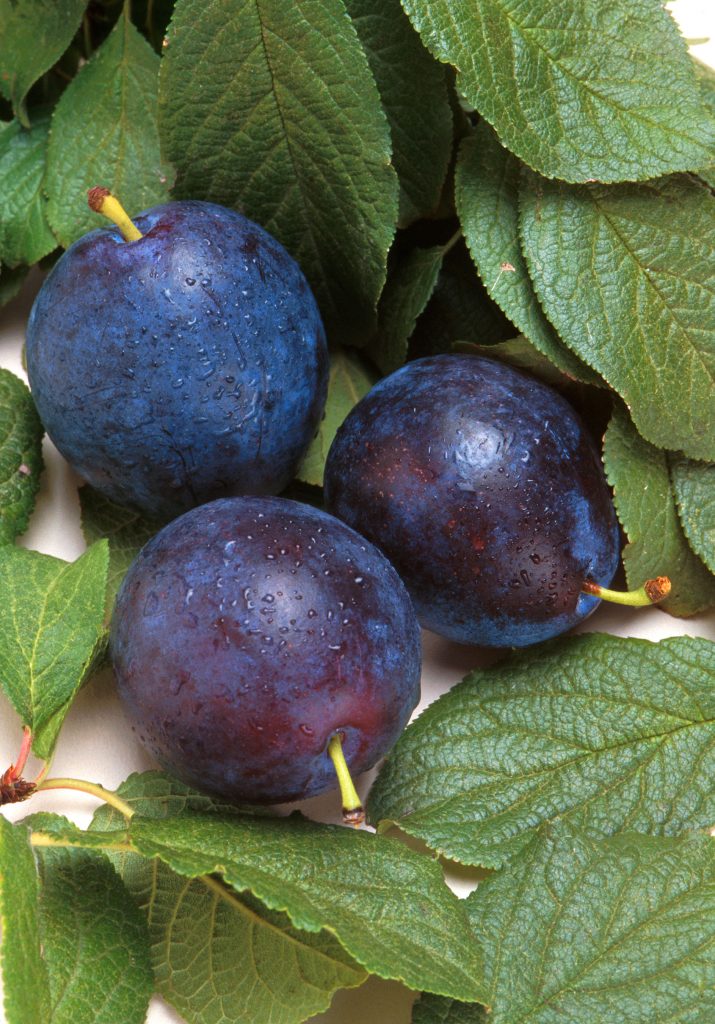A recent study compared crops of highbush blueberries grown on five organic and five conventional farms in New Jersey (Wang et al., 2008). The farms shared comparable soils and weather conditions, and the berries were harvested in precisely the same way.
The researchers measured nutritional quality characteristics including fruit sensory quality, total antioxidant activity, and concentration of flavonoids. A total of 22 values were measured.
The team found consistent and sizable differences in nutrient content. The organic blueberries contained 46 ORAC units, a measure of total antioxidant capacity, while the conventional berries contained 31 ORAC units (a 50% advantage).
The scientists looked at the levels of sugars (fructose and glucose) in organic and conventional blueberries. Organic berries had 18% more fructose and 44% more glucose than the conventional berries. Both types of organic acids measured in the study, citric and malic acid, were higher in the organic berries.
The researchers looked at many different types of nutritionally beneficial phenolic acids and flavonoids in the berries sampled. Across the board, the organic berries contained higher levels of each of these compounds. Differences in some of these comparisons were striking.
In the case of the phenolic compound chlorogenic acid, organic berries averaged 100.9 µg/g and the conventional berries 43.36 µg/g — a 1.32-fold increase. Also, the flavanoid delphinidin 3-galactoside was measured in organic berries at 171.6 µg/g and conventional berries at 41.7 µg/g – a 4-fold increase.
Organic berries also contained about 50% higher levels of total anthocyanins, the natural plant phytochemicals that give blueberries their dark color. All in all, organic berries showed total phenolics measuring at 319.3 mg/100 g of fresh weight and conventional berries 190.3 mg/100g of fresh weight.
Blueberries are known to have high levels of antioxidants. These compounds inhibit a wide variety of human diseases that are caused by oxidative stress, such as cancer and heart disease. These findings suggest that organic production has the potential to substantially increase antioxidant intakes. In fact, the increased intake from a serving of organic blueberries, compared to a serving of conventional blueberries, equals or exceeds the antioxidants in a single serving of most other types of fruits and vegetables.
Source: “Fruit Quality, Antioxidant Capacity, and Flavonoid Content of Organically and Conventionally Grown Blueberries”
Authors: Shiow Y. Wang, Chi-Tsun Chen, William Sciarappa, Chien Y. Wang, and Mary J. Camp
Journal of Agricultural and Food Chemistry, published on web July 1, 2008.

